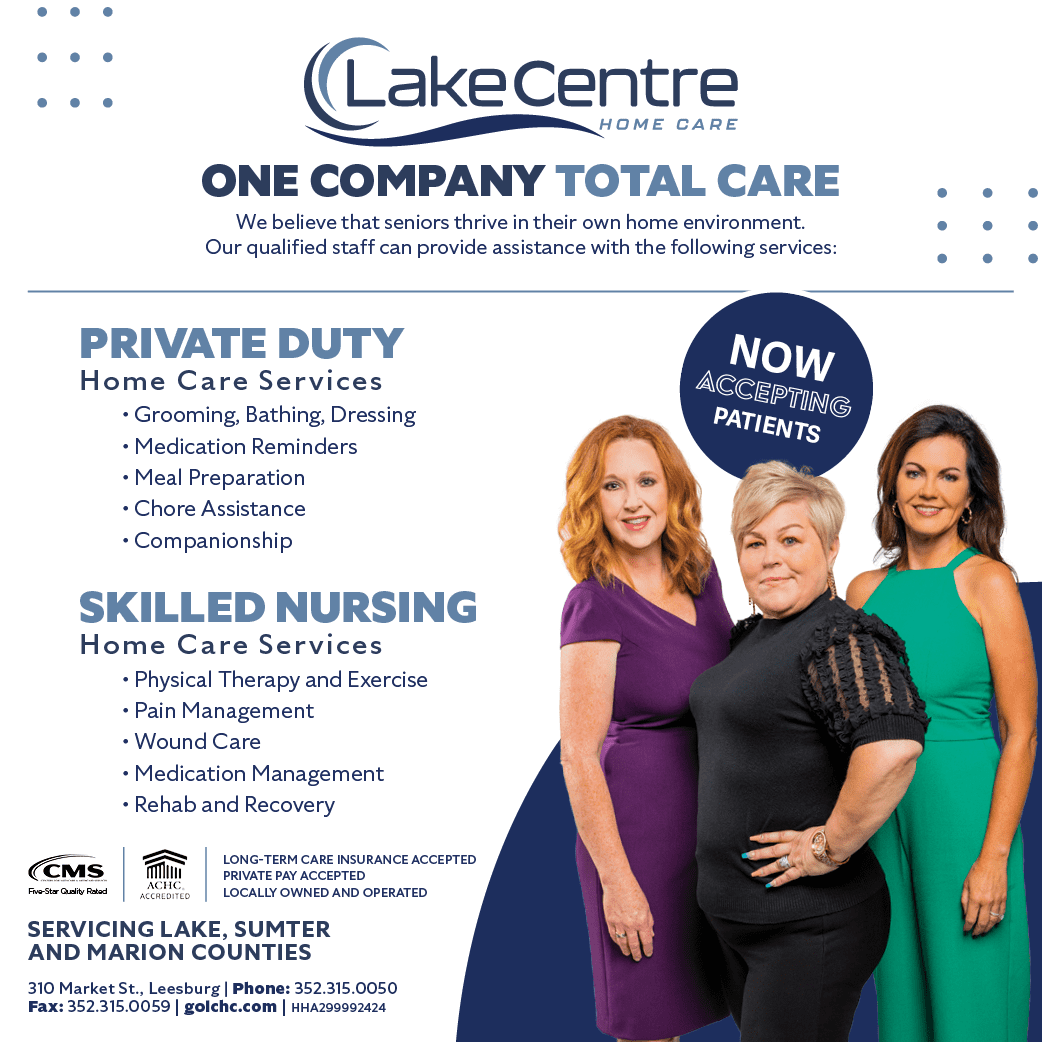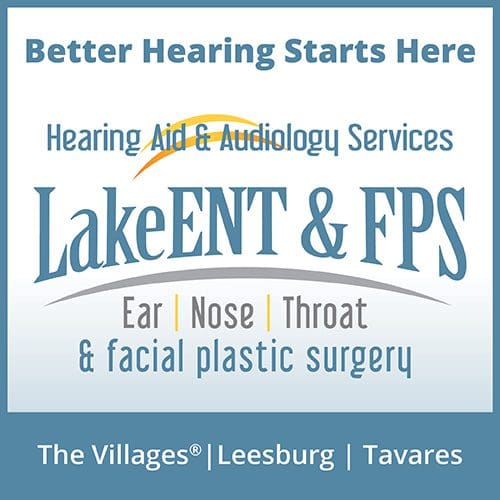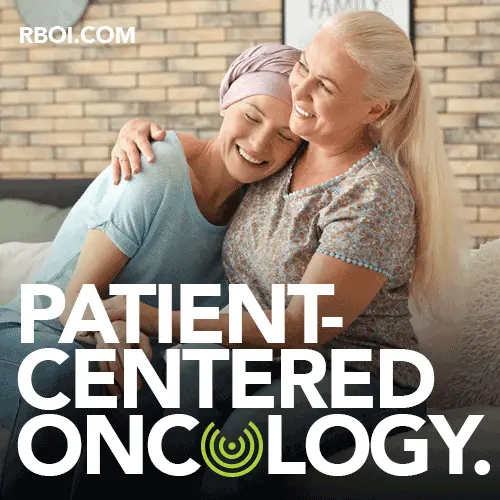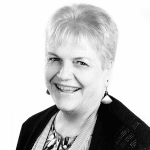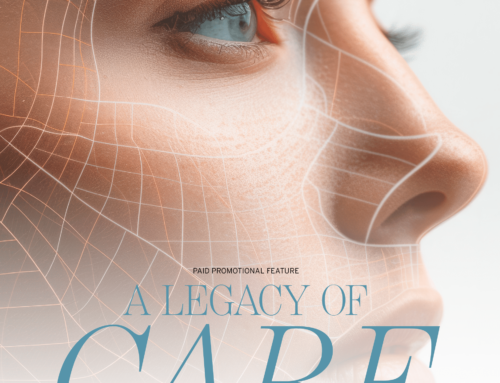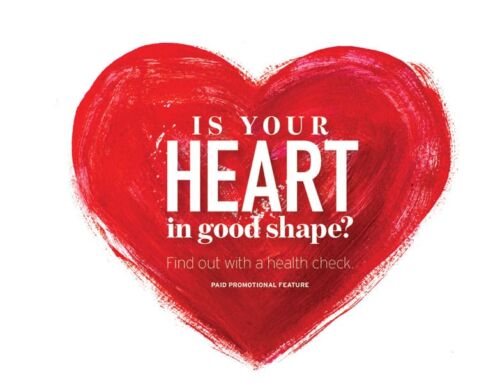By Leigh Neely
Finding the Roots of the Family Tree
“Some family trees have beautiful leaves, and some have just a bunch of nuts. Remember, it is the nuts that make the tree worth shaking.”
—Author Unknown
Researching family history is like a solving a giant puzzle. You have to look at every piece and see where it fits in the context of the picture. It’s highly likely you’ll uncover information you never considered when thinking of your family. It’s also likely you’ll enjoy every minute of putting leaves on the branches of your family tree.
One thing rings true in talking with most genealogy experts is the researcher must have a goal in mind. Why are you looking into your family’s history? Is it to know more about yourself and your family? Is it to find your lineage, where your family originated, what journey they made to get you where you are? Are you looking for health-related information? Do you want to know what health issues could pass to your children through your genetics?
Answering the question of why you want to pursue your genealogy will give you a starting place for your journey. From there, you’ll probably move on to using websites, dating and identifying people in family photos, getting oral history from older family members, or having your DNA tested for a genetic history.
“Doing genealogy research is more popular now than it has ever been,” Jim said. “It surpassed stamp collecting as a hobby and is certainly in the top five, and probably a lot of that has to do with the Internet.”
Interest in genealogy is very popular in The Villages. There are almost a thousand members in The Villages Genealogical Society (TVGS), a group that started with only 15 members.
Jim Lannin, current president of TVGS said, “We all think we know where our ancestors come from. Sometimes we’re right, and sometimes we’re totally off base. It’s like that TV commercial where the guy is wearing lederhosen until he discovers his ancestors are Scottish and he switches to a kilt.”
After determining why you’re learning your family history, you may wonder where to start. Jim and Terry Willard, who formerly hosted the PBS show “Ancestors”, teach a variety of genealogy classes at The Villages Lifelong Learning College, from “Absolute Beginners Genealogy” to “Scanning and Organizing Family Photos.”
Another good local resource is the Leesburg Public Library, now certified as an official FamilySearch Center. Patrons can go to the information desk on the second floor and request microfilms from the Family History Library in Salt Lake City via InterLibrary Loan. There is a small rental charge for a 30-day loan.
The Willards suggest three filing systems for organizing your research: by surname, by couple or family, and by family line. And this is just the very beginning. They also suggest you sort by record type and location, using colored file folders, different colors of folder labels, and various pens and highlighters.
More evidence of the popularity of a genealogy search is televisions shows that feature celebrities looking into their family history. However, the Willards say those stories are somewhat deceiving. “They make it look so easy,” Terry said, “but it’s not like that. I suspect they spent a year in advance doing research before the show is done.”
 A variety of websites provide help and information for genealogy research; many are free but some charge fees to belong or use services.
A variety of websites provide help and information for genealogy research; many are free but some charge fees to belong or use services.
“FamilySearch.org is a Mormon website, and it’s a little bit harder to do the search, but it’s great,” Terry said. “The Mormons have gone around the world and any community that would let them, they document their records. They give the community one copy and they take a copy. They have millions of rolls of microfilm from these places.”
For years, the only way to access these records was to travel to the library in Salt Lake City. Now they’re digitizing these records and making them available free.
“They needed volunteers to do the indexing, and they used volunteers worldwide to get these records online,” Jim said. “Terry and I volunteered, and we did about 10,000 names. They want you to do stuff you’re familiar with. We got a gold star because we had a 94 percent accuracy rate.”
The problem with transferring these records comes from reading handwriting, which is often very difficult. Jim and Terry said not being able to locate a family member’s records could just mean their handwriting was illegible.
Often it’s a death in the family that stirs the desire to search. Old photo albums and boxes of memorabilia may light the spark. Jim and Terry say researching family photos can be tedious but rewarding.
“My mom died in 2003, and we cleaned out her stuff. She was one of 16 in the family but only 12 made it to adulthood,” Terry said. “When we couldn’t identify who was in a photo, we sent out a request to my cousins to ask if they had family pictures. We found where Mom had not identified people, others in the family had the same photos, and their mother wrote on the back of them.”
Knowing the time period of the photo you’re researching can help with identifying family members’ historic family photos, like daguerreotypes or salt and albumen prints or ambrotypes. For example, daguerreotypes were popular from 1839-1860 and around 80 percent of albumen paper photos came from the 19th century.
Jim feels modern photos will have a big impact on future research. The concept of tagging family members in Facebook photos keeps connections going that might otherwise have been lost. The Willards have also found that using photos attracts younger members of the family too.
“Facial recognition will also impact geological research,” Jim said. “The problem is the old photos are so grainy sometimes it thinks your aunt is your uncle, but you know [the technology] is going to get better and better. That’s going to revolutionize how people identify their family photos.”
“Researching old photographs helps you understand how hard their lives were,” Terry added, “how much they endured to get here.”
Retired librarian Carol Anderson said the love of history motivated her to find out more about her family.
“I have been interested in genealogy for as long as I can remember. I was the child who stayed inside to hear the grown-ups talk about the ‘olden days’ when the other children went outside to play at family gatherings,” Carol said. “As soon as I married, I sat down with my new mother-in-law to chart my husband’s side of the family. She was able to recall how she moved with her family from Virginia to Perry County, Kentucky, in 1908 in a covered wagon!”
 Carol taught classes on genealogy research for the Leesburg Public Library. Like many others who find the hobby becomes a passion, Carol traveled to Utah to visit the Family History Library.
Carol taught classes on genealogy research for the Leesburg Public Library. Like many others who find the hobby becomes a passion, Carol traveled to Utah to visit the Family History Library.
“I love history, and I find history really comes alive when you can place your own family members in historical times. I was thrilled to discover a letter at the Family History Library in Salt Lake City, which described what happened to my third great-grandmother’s children and their property during the War Between the States.”
Lannin said going back through the journeys of migrating relatives is often difficult. “Learn as much as you can about history and human migration if you truly want to understand genealogy,” Jim said. “The problem is, of course, that human migration is a moving target. Every day we’re discovering more information about how people went from one place to another, and that’s something you have to be educated on.”
Another route to take for learning family history is through your DNA, which is Lannin’s focus in lectures and speaking engagements. However, he stresses that it is not the best way to gauge family history.
“DNA testing may help you find who you’re related to, but without doing the work to verify the way you’re connected to someone else, it won’t help,” he said.
The problem with DNA is the endogamous groups that pop up in your genetic line. Endogamy is the practice of marrying only within your local community, clan, or tribe. Lannin pointed out that the crew of the Mutiny, from the book Mutiny on the Bounty, settled on the island and married the locals and their choices for marriage were limited by being separate from general populations. He indicated this also happens with Amish groups and even Serbian Jews.
“These people have a very small gene pool, and there are certain characteristics that descendants have that are brought on by that closeness,” Lannin said.
There are four types of DNA testing used for genetic genealogy. This has actually muddied the waters and made it less straightforward than it used to be. They are Y-line, Mitochondrial, Autosomal, and X-chromosome DNA tests.
The Y-chromosome passes from father to son, therefore, this test is performed for males in the family. The results are checked to see if they match in a genealogical timeframe. This will also give you the haplogroup, meaning you can find if you’re a descendent of European, African, Asian, or Native American lineage.
Mitochondrial or mtDNA passes from the mother to both sexes, but it goes through females only. Though males do carry their mother’s mtDNA, they don’t pass it to their offspring. Again, this test will give you the haplogroup.
Women inherit the X chromosome from both parents, though males only inherit it from their mothers. The Y from the father is what makes them male. Researchers say the best use of this test is to make a diagram of those in your family that contributed to your X chromosome data.
The final test is autosomal DNA, which comes from both parents on the 23 chromosomes. This test will give you a list of cousins from all your lines. However, you’ll have to do the research to learn how they’re related to you.
“The best way for finding cousins is usually the autosomal,” Lannin said. “I first tested in 2004, and the only thing available was the Y. I actually found cousins in Ireland, England, and Australia. It was very helpful and kept me going. Now I manage my own surname DNA project, the Lannin DNA Project, which this year started growing big time.”
Lannin went on to say three of these DNA are in the nucleus of every cell in your body. The mtDNA are outside the nucleus. This is the energy storehouse of the cell.
“That’s basically how you get warm,” Lannin said. “The mitochondrial produce energy and help regulate the body’s temperature.”
When Lannin is teaching a class, he likes to do “DNA Show and Tell,” where they analyze the results of DNA testing from three individuals in the class. On many occasions, he has found genetic cousins sitting in the room. “People that live here in The Villages that are related to other people in The Villages and never knew it,” Lannin said. “It’s a DNA connection, and it’s up to them to trace the genealogy to find out how they’re related, but it’s pretty amazing.”
DNA testing can also be a useful tool for individuals who are adopted. If files are protected, it’s possible to find familial connections through DNA strains.
Whatever your reason for looking for new branches and leaves for your family, it can be an interesting and rewarding experience. These experts say the one essential element in the process is providing accuracy for your findings.
“The sad thing is Ancestry wants people to put their family trees online, but Ancestry doesn’t document this,” Jim said. “The largest databases are these family trees, and they can be as much as 60 percent wrong. People don’t do good research, and they just keep replicating the wrong things.”
There’s no easy path for getting to the family tree, but there is a right one.
Leigh Neely began her writing career with a weekly newspaper in the Florida panhandle, where she not only did the writing, but delivered the papers to the post office and dispensers. She has been writing ever since for a variety of newspapers and magazines from New Jersey to Leesburg. With her writing partner, Jan Powell, Leigh has published two novels as Neely Powell.






